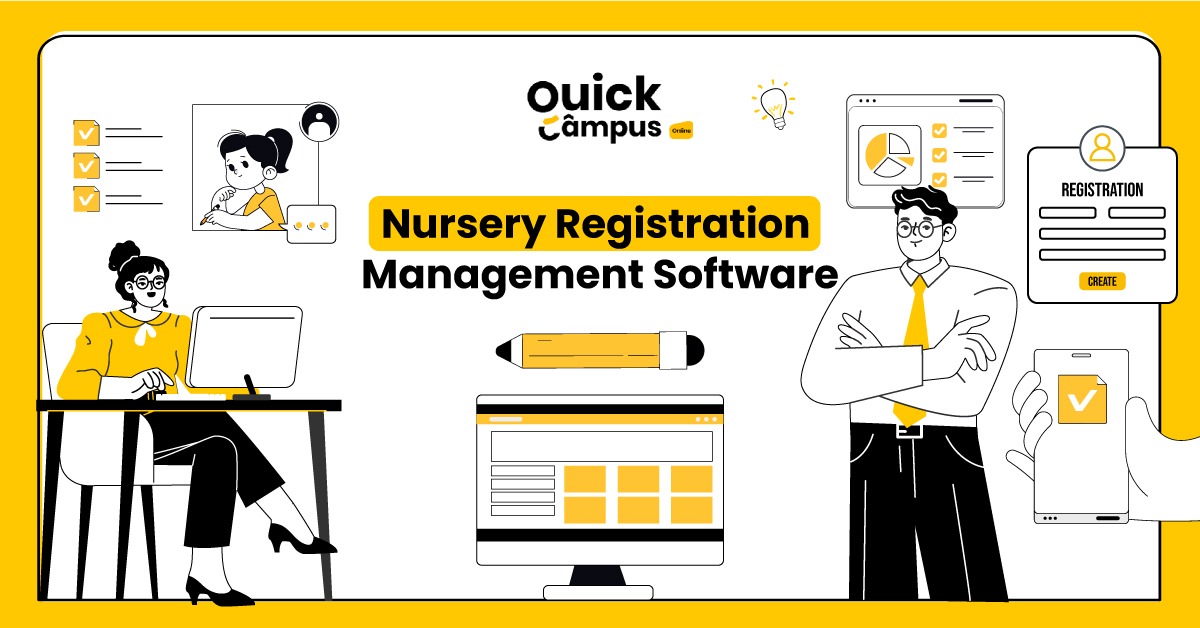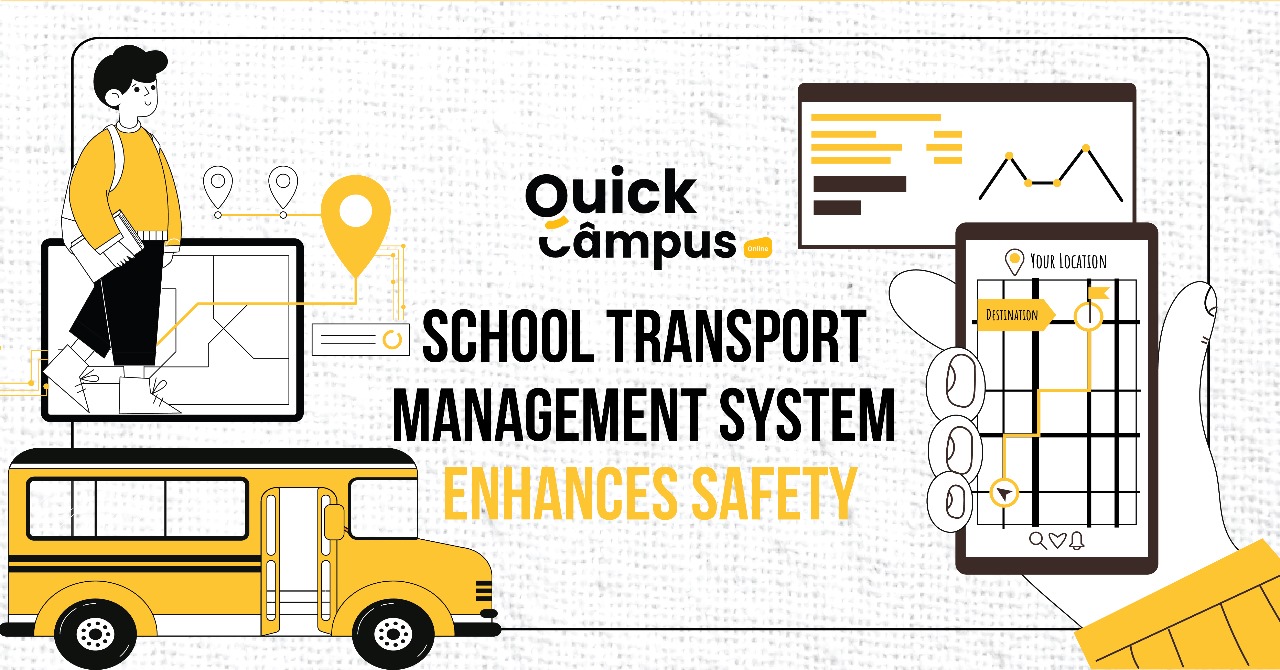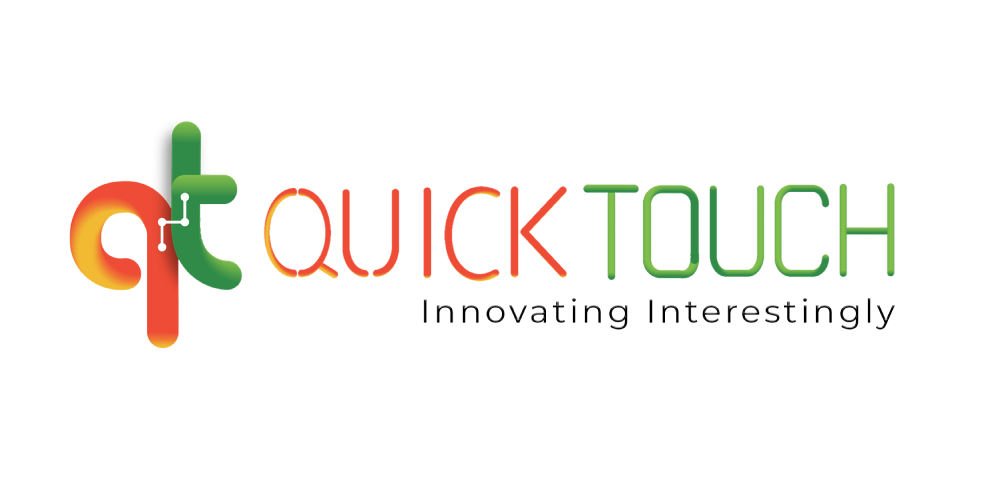Empowering Education: Exploring The Types And Importance Of Teaching Aids
Welcome to the world of learning. Have you ever sat in a classroom where there is only chatter? This experience is not fun at all. So let’s go to those magical superheroes who make our classroom a magic classroom and are called teaching aids. They rescue us from dull lectures that only require memorization, providing little in the way of fascinating or experiential learning.
Teaching aids are not just tools. They are also the things that make our studies more fun. They help us learn in new and funny ways. Like seeing, hearing, and touching things, whether it is a colorful chart, a gripping video, or a 3D model. These aids show us the way to understand even the complex world easily.
Let’s dive into the colorful world of teaching aids to see how these aids make our learning lively and fun. They help us learn in new and interesting ways. Whether it’s a khichri chart or exciting videos, these aids help us to understand ideas and also help us become champions of our learning journey.
What Are Teacher Teaching Aids?
Teaching aids are administrative tools or materials that teachers use to support and enhance the teaching process in the classroom. These aids are designed to make education more engaging, effective, and accessible to students. Teaching aids can be of many types: charts and posters, visual- aids like videos and presentations, Audio-visual aids like models and puzzles Hands-on aids like models and puzzles, Digital aids like teacher’s desks and interactive whiteboards. Composite educational aids help teachers share information, present concepts, and ensure active participation.
Types Of Teaching Aids
There are many types of teaching aids available to assist students in learning through diverse and engaging methods. Visual aids, such as charts and videos, aid students in visualizing the concepts they are studying.
Interactive aids, like models and puzzles, offer students the opportunity to learn through hands-on experiences, which can be both enjoyable and effective. Technology-driven aids, including educational apps and interactive whiteboards, inject vitality into lessons and promote interactive learning.
Auditory aids, such as recorded lectures and podcasts, enhance listening skills and comprehension. Each type of teaching aid contributes uniquely to making lessons more captivating and aiding students in grasping concepts more effectively. Let’s delve deeper into understanding these teaching aids:
Traditional Teaching Aids:
As the name suggests, traditional teaching aids have been used for education for a very long time. These teaching aids were significant before the invention of technology. However, despite the advent of modern technology, many of these tools are still used in schools as blackboards, books, flashcards, maps, blocks, etc.
For instance, in subjects like Maths and English, teachers still use blackboards as they find it more convenient to illustrate maths problems and grammar rules on blackboard. Similarly, they use maps in Geography and History lessons to aid students in accurately identifying diverse locations across the Globe rather than simply assuming their positions.
Visual Aids:
Visual aids, like colorful diagrams and charts, simplify complex information, making it more accessible. Consider a science class studying the water cycle, where a vivid diagram illustrating evaporation, condensation, and precipitation processes is displayed. This visual representation not only clarifies the concepts but also engages students, fostering a deeper understanding of scientific phenomena. That’s the transformative power of visual aids.
Audio Aids:
Audio aids, like our favorite songs or interesting recordings, make learning fun! They help us remember things in a fun way. Just like a catchy song that sticks in our heads, audio aids make learning enjoyable and easy to remember.
Audio-Visual Aids:
Audio-visual aids are tools that use both sound and pictures to help us learn better. For example, think of watching a video in science class about how butterflies grow. You hear someone talking about it while seeing colorful pictures of each stage. These aids make learning more interesting and easy to understand because they show and tell at the same time. They’re great for all kinds of learners and make learning fun.
The Importance Of Teaching Aids In Education:
1. Enhancing Engagement And Interest:
Teaching aids captivate students’ attention, making learning more enjoyable and stimulating their interest in the subject matter.
2. Catering To Different Learning Styles:
By incorporating a variety of teaching aids, educators can accommodate visual, auditory, and kinesthetic learners, ensuring that all students have access to the material in a way that suits their preferred learning style.
3. Simplifying Complex Concepts:
Teaching aids help break down complex concepts into more digestible chunks just like micro-teaching, making them easier for students to understand and grasp.
4. Providing Real-World Applications:
Through examples, case studies, and simulations, teaching aids demonstrate the practical relevance of academic concepts, helping students see how they apply them in real-life situations.
5. Fostering Deeper Understanding:
Visual aids, hands-on activities, and interactive multimedia resources encourage students to explore concepts from multiple angles, leading to a deeper and more comprehensive understanding.
6. Encouraging Active Participation:
Teaching aids promote active participation by prompting students to engage with the material through discussion, problem-solving, and hands-on activities.
7. Supporting Effective Instruction:
Effective use of teaching aids enhances the effectiveness of instruction by providing additional context, reinforcement, and clarification to supplement verbal explanations.
8. Maximizing Retention And Recall:
Teaching aids aid in memory retention by reinforcing key concepts through visual, auditory, and tactile stimuli, making it easier for students to recall information during assessments and beyond.
9. Stimulating Critical Thinking:
Teaching aids prompt students to analyze, evaluate, and apply information in novel ways, fostering the development of critical thinking and problem-solving skills.
10. Promoting Interactive Learning:
Teaching aids foster collaborative learning by encouraging interaction among students and fostering a dynamic learning environment that promotes peer-to-peer knowledge sharing.
How To Prepare Teaching Aids For Effective Classroom Use?
Here are the steps to prepare teaching aids for your classroom:
- Understand what you want students to learn.
- Choose aids that match what you’re teaching and how students learn.
- Get all the things you need, like pictures, videos, or props.
- Plan how you’ll use the aids in your lesson.
- Make visual aids that are easy to see and understand.
- Make sure any audio aids you use are clear and fit the lesson.
- Practice using the aids so you’re ready for class.
- Set up the classroom so everyone can see and use the aids.
- Get students involved in using the aids during the lesson.
- Afterward, see if the aids helped students learn and if there’s anything you can improve for next time.
Final Thoughts
In summary, teaching aids make learning more interesting and engaging. In addition to textbooks and blackboards, teachers can use various aids to capture students’ attention. Technology has simplified learning even more, introducing many new teaching aids to assist in education. Thus, by embracing these aids, teachers can make learning more enjoyable for all individuals.












